Knowing how to get book reviews on Amazon can be a game changer when it comes to increasing sales. Book reviews are a little different than other product reviews and thus the approaches to getting potential reviewers to engage are different.
KEY TAKEAWAYS:
- Including review requests at the back of your book is an effective way of getting more book reviews.
- Amazon’s book rankings are heavily influenced by the number of legitimate reviews a book has.
- Editorial reviews are highly impactful compared to customer reviews but are more difficult to get.
Following some basic guidelines and employing a few well-tested tricks and tips can help you get the most out of your experience as an author or bookseller on Amazon.
About Amazon Book Reviews
If you’re an author, you know how much hard work and time can go into finishing a book of any kind, so it’s absolutely worth your while to learn how to get customer reviews on Amazon and with that how to get app reviews.
The prestige of a critically well-received book is a great reward to a first-time or unknown author, but the value of honest reviews from actual consumers will translate directly into sales- this goes both for a positive review and a negative review. While you don’t want to bank on a negative review, it’s important to understand that the number of reviews alone that a book receives can affect sales. Simply put, the more reviews-even bad reviews- a book has, the more worth reading most people will consider it. That is why we would like to also show you how to get Facebook reviews.
Amazon’s Review Policies
Amazon has a number of fairly common-sense rules for customer reviews, but it’s important to know them because breaking them could be your book or your entire account being permanently deleted.
- Self-reviewing or soliciting reviews from friends and family is prohibited.
- Paying for customer reviews is also prohibited, as are fake reviews written by third-party companies. A review swap can be an ethical issue but isn’t prohibited specifically.
Set Review Goals
For a book to start to gain real traction on Amazon, it should receive at least 20 reviews within the first 2 months of its release date. This is a good goalpost to set, and it’s very much achievable with the right tactics and a little luck.
When you reach about 50 reviews, you can generally assume you’ve got enough momentum to continue to get more reviews and more steady sales. It’s not an exact science, but studies show these numbers are good markers for a book’s success.
Customer Reviews vs Editorial Reviews
Most of the tips and guidelines you’ll find will apply mostly to customer reviews, but those aren’t the only kinds of reviews that Amazon features.
Customer reviews obviously are just that: reviews written by customers. An author can request customers to submit a review upon purchase, just as they would any other product, but Amazon Editorial reviews are generally written either by Amazon editors or from major publications such as Kirkus Reviews, or by experts in the field, as will sometimes be the case in non-fiction.
Editorial reviews have several advantages- they’ll feature before customer reviews on your product page, are more likely to be featured in best-of and daily pick lists, and moreover, they aren’t subject to the same regulations as customer reviews. Though ethics should always be your first guide here, if you do have professional connections either in publishing or in the field the book covers, you should absolutely use those if they can get you an editorial review.
Getting Customer Reviews
The best way to get customer book reviews on Amazon is pretty much the same as it is with most products on Amazon- use a review request.
Though Amazon does have an automated review/feedback function that sends an email to the customer upon purchase (this can be turned off by the customer, incidentally), the best option is the actually include a short, concise review request at the back of the book. The best book reviewers- including Amazon Top Reviewers- will read through to the end of a book, and when presented with a direct call to action at the end of their reading experience, tend to want to submit one soon thereafter, which is even better for the review, since the book will be fresh in the reviewer’s mind. A personal email can also be effective, but may not be practical for all authors in terms of time investment.
Here are a few simple guidelines for writing your review requests:
- Avoid statements like “If you truly loved my book, please give me a review.” This implies that a review is only worthwhile to you if it’s full of praise.
- Also, avoid saying anything like “please write me a review so I can get more sales.”- this should be obvious but it’s a crass approach that will turn off readers even if they enjoyed your book.
- Asking simply and politely for an honest review will make a reader feel respected- which can lead to a more positive review, even if they had mixed feelings about your book.
Other Ways to Get Customer Reviews
There are a number of other approaches to getting reviews, most of which will require getting a list or reviewers together well before book launch at the very least.
Build a Launch Review Team with an ARC plan
An ARC plan or advance review copy plan in conjunction with a launch review team consists of finding a small group of people who have agreed to review your book- book bloggers for example-, giving you a bit of a head start. This can’t include payment or a guarantee of a positive review, but if you find the right people and don’t bend any of Amazon’s rules, it can be a great way to come roaring out of the gate. Good candidates can be regular social media followers of yours, fans of any previous works you may have on email lists, and professionals in the field you’re writing on in the case of non-fiction.
Author Newsletter
Engaging with fans via an author newsletter can foster relationships that can lead to more reviews- audiences love to feel like part of the “team” for an author they like.
Be Active On Sites like Goodreads
Having an active presence on sites like Goodreads will help raise your profile as an author, and that cachet can lead to more readers wanting to engage in your work with reviews- not to mention sales.
F.A.Q.S
What’s the difference between Verified and Unverified book reviews?
A Verified review means that the reviewer’s purchase was an Amazon Verified Purchase- meaning the book was purchased through Amazon without a discount. Such reviews are generally seen as more “legitimate” since they’re proof of an unbiased opinion and reader experience.
Is it considered ethical to solicit Amazon book reviews?
As long the reviewer isn’t a friend or family member who hasn’t read the book, or a person (or bot from a third party) paid to write the review, it’s considered perfectly ethical to request a review from a reader.
Why do Amazon book reviews matter?
Amazon’s search and ranking system is heavily influenced by the number of legitimate reviews a book has, so getting reviews and maintaining a steady stream of them are essential to the visibility of your book to new readers.
STAT: Amazon is the third biggest search engine after Google and Youtube. (source)
STAT: Only about 5-10% of readers on Amazon leave book reviews (source)
STAT: 64% of print book sales online are handled by Amazon (source)
REFERENCES:
- https://www.researchgate.net/publication/293272453_Amazon_Google_Book_Search_and_Google_Scholar
- https://link.springer.com/chapter/10.1007/978-3-642-29873-8_5
- https://www.tandfonline.com/doi/full/10.1080/23311975.2017.1368114r
- https://www.youtube.com/watch?v=h_4UWzBwLBE&ab_channel=BookLaunchers
- https://en.wikipedia.org/wiki/Criticism_of_Amazon










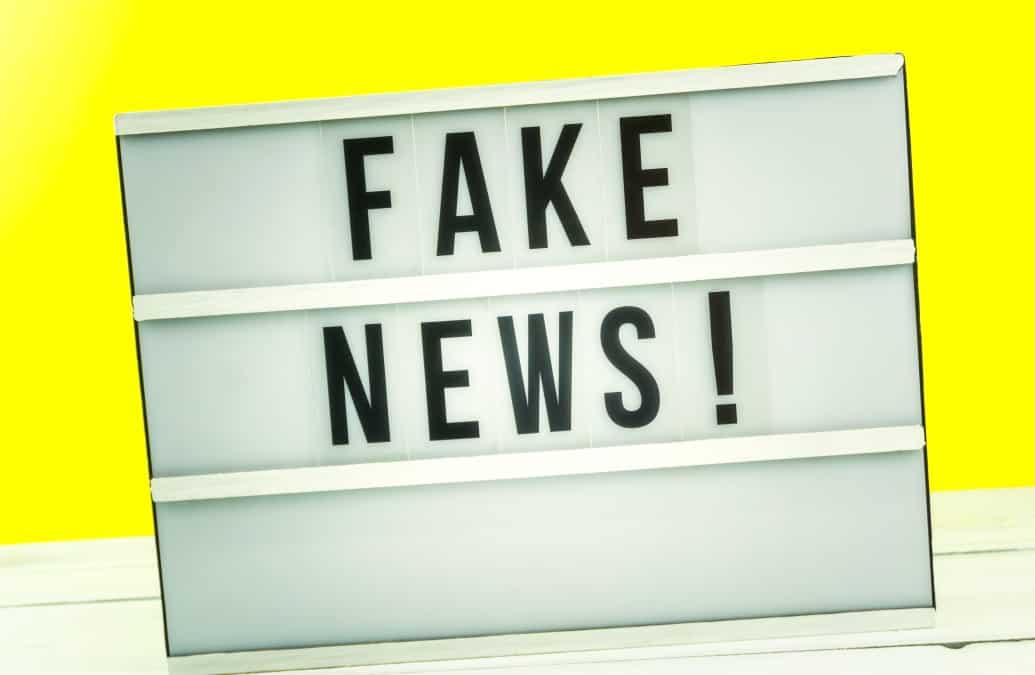






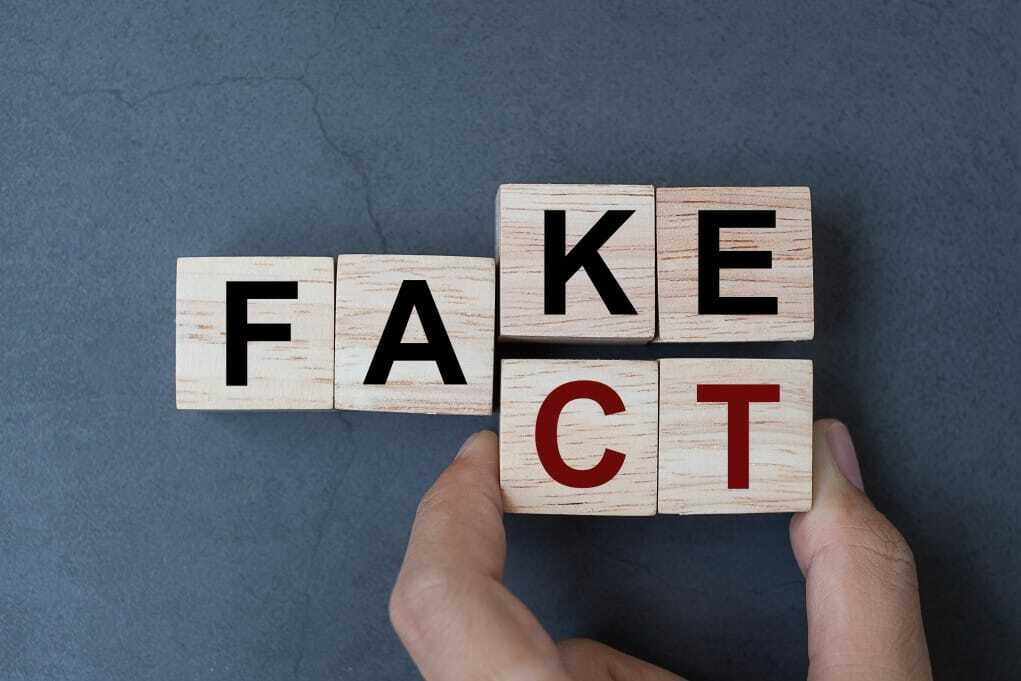




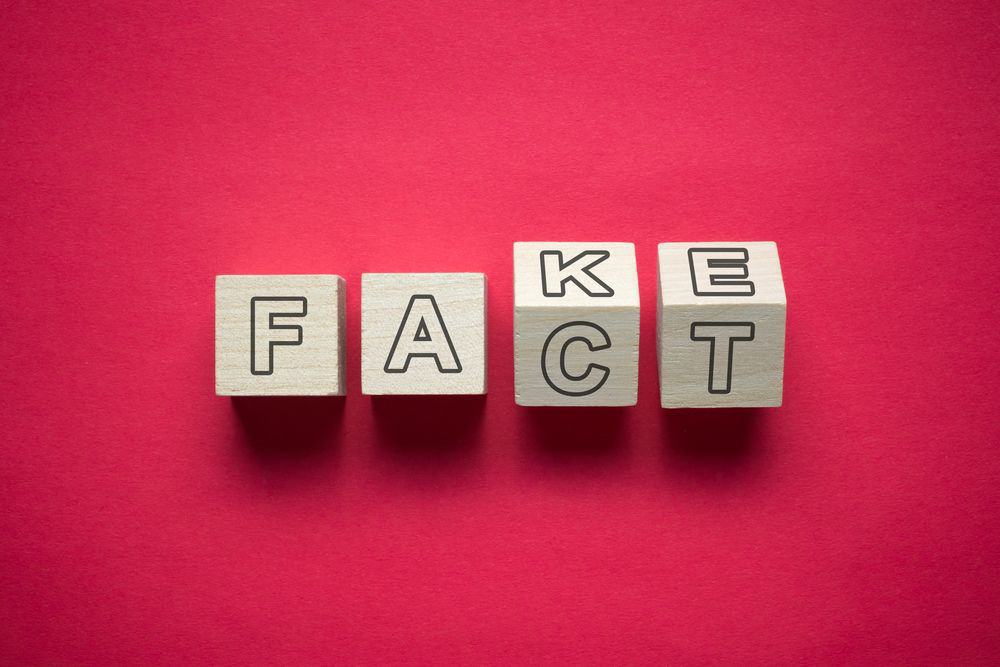
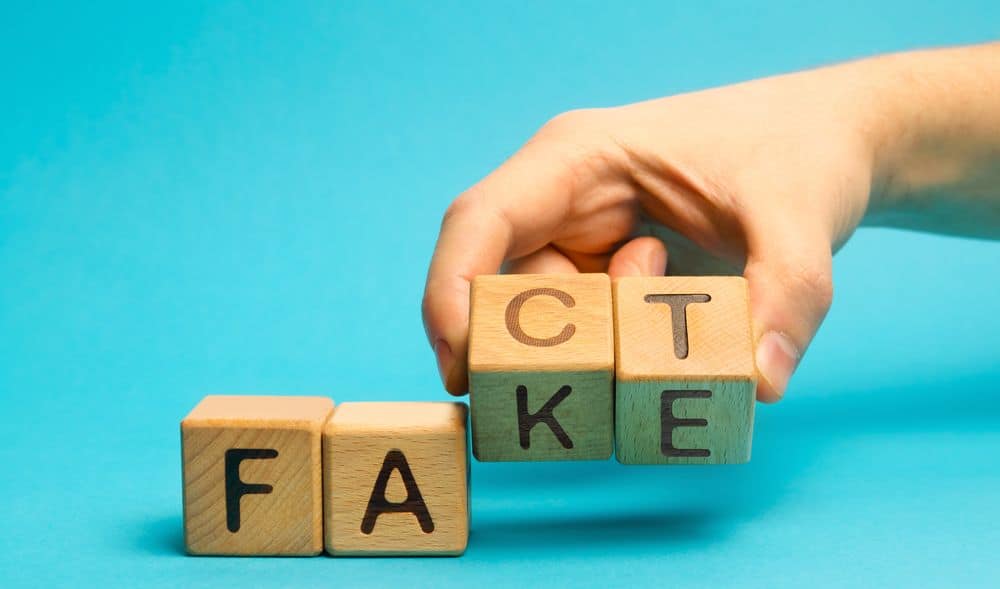
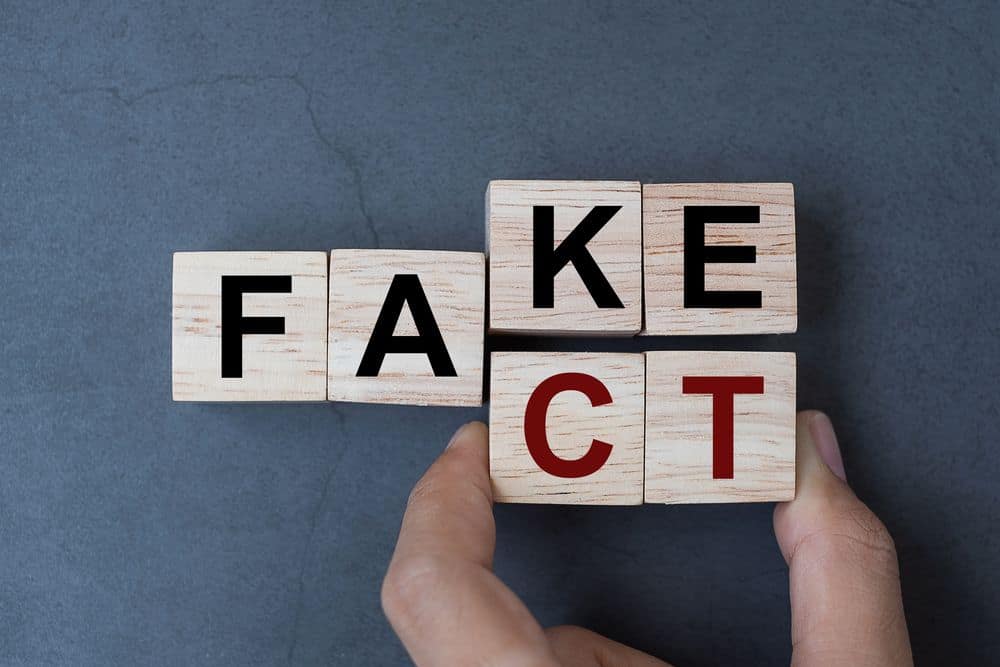

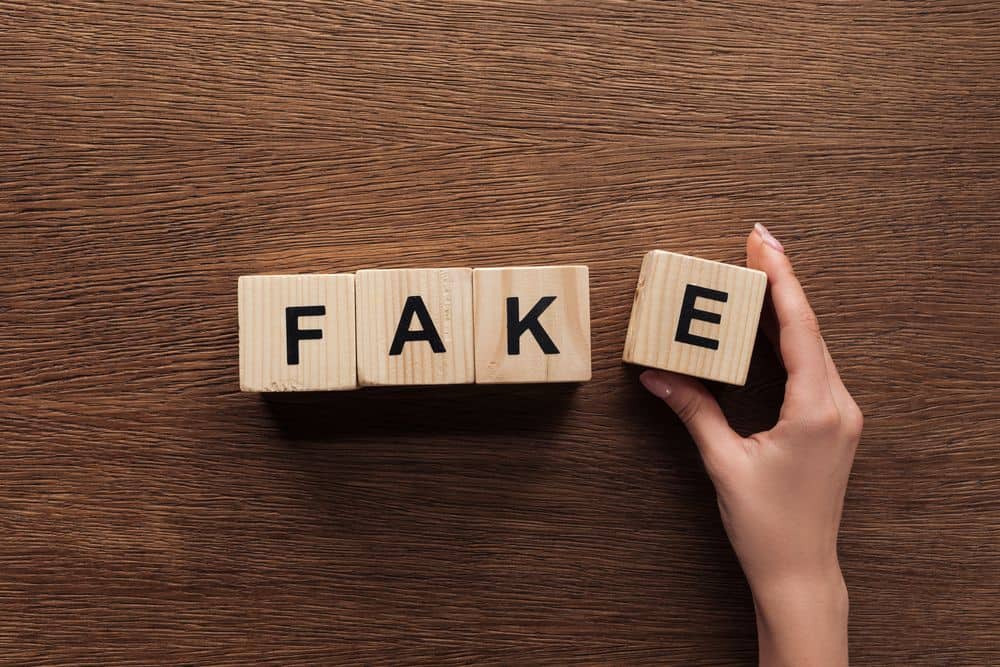
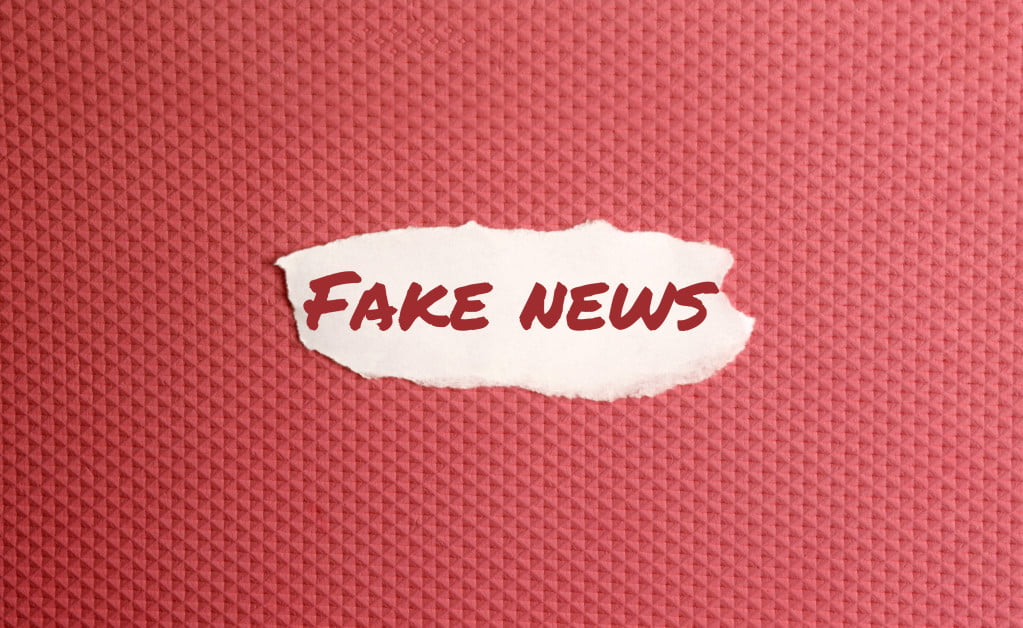

![Best Amazon Review Checkers in [year] 22 Best Amazon Review Checkers in 2025](https://www.gadgetreview.dev/wp-content/uploads/best-amazon-review-checker-image.jpg)
![Best Renters Insurances in [year] 23 Best Renters Insurances in 2025](https://www.gadgetreview.dev/wp-content/uploads/best-renters-insurance-image.jpg)